553: Deep Research Needs Paywall Credentials, Google Could Crush It, Sarah C. Paine on Tariffs, Amazon’s 750,000+ Robots, Canada + CANDU, Protein & Muscles, and Cinematic Masterpieces
"this flips our usual understanding of consciousness"
Liberty and goodwill, like corruption and cruelty, seem to hold each other’s hand.
—Le Ly Hayslip
🧠 💭 🗣️ What if that voice in your head, the one you consider to be *you* in the most intimate way, is a borrowed cognitive social technology?
Much of what we experience as "thinking" is our brain rehearsing external conversations — either replaying past discussions or preparing for future ones. Psychologist Lev Vygotsky suggested this inner speech grew from social dialogue, which is backed by how kids internalize language through interaction. If you have kids, you know they often narrate their actions out loud, like 'I’m building a tower!', before this shifts inward. 👦🏻💬
So this internal chatter probably isn't some special cognitive mode that evolved separately, but rather, our social communication system turned inward. It's why we tend to "hear" our thoughts in our own voice and why explaining complex ideas to others helps us process them better ourselves. This even works with imaginary audiences — in programming, there’s what they call Rubber Duck Debugging where you keep a rubber duck on your desk so you can explain your code to it. I’m not kidding, it’s on Wikipedia 🦆
When you step back, this flips our usual understanding of consciousness.
We intuitively view our inner monologue as the source from which external communication flows, but this suggests that language and social interaction came first, and our private thinking emerged from that foundation. 💭↔️💬
But to be fair, language is only part of cognition: thinking also involves visualizing, planning, and reasoning beyond words, all driven by survival and creativity as much as social life.
Our consciousness isn't as solo as we think — it's basically social tech that got repurposed for internal use! It makes you wonder what other seemingly individual capabilities might actually be repurposed social adaptations, doesn't it? 🤔
🕰️🥱⏰ It’s the time of year to complain about daylight saving time!
I'm pretty sure I've dedicated newsletter space to this rant every year since 2020, so I'll keep it brief: messing with hundreds of millions of people's sleep schedules twice yearly is probably a bad idea — it ramps up stress levels, depresses immune systems, leads to more road accidents and heart attacks, etc
The only thing that makes me doubt my position on this is that they tried to remove it back in 1973. Nixon responded to the oil embargo by implementing year-round Daylight Saving Time (DST) as an energy-saving measure. It was initially popular, but people eventually grew dissatisfied and it was reverted.
I think the mistake they made was going to permanent DST rather than permanent Standard Time, which would have provided more light on winter mornings. This was one of the primary concerns, people worried that their kids had to go to school in the dark.
We can get it right this time!
💻 I ordered an M4 MacBook Air (Sky Blue) to replace an old 2015 Macbook Pro. It should get here today, I’ll let you know what I think once I’ve had a chance to use it enough.
💚 🥃 🙏☺️ If you’re a free sub, I hope you’ll decide to become a paid supporter in 2025:
🏦 💰 Business & Investing 💳 💴
📑🔒🔑🕵 Deep Research Needs Paywall Credentials (And Google Could Own It 🔎💡)
The zeitgeist has been so focused on the scale of LLMs (size of the data set, size of the training cluster, etc) that data quality hasn’t been getting as much attention. But it’s clearly very important too, the unsung hero.
Garbage in, garbage out. 🚛 🚮 🗑️♻️
That’s why so much effort has been put into cleaning up data sets, generating new human expert data (Scale AI, etc), having high-quality RLHF feedback, and using the very best models to generate lots of as-high-quality-as-possible synthetic data for training.
But in the agentic/Deep Research era, there’s another important angle to data quality:
🔐 When asking an AI to do research, the result can’t be better than what the AI finds. If it’s constantly smacking into paywalls and login pages, there’s a lot of high-quality data that it won’t be able to incorporate in its analysis.
It’s similar for humans. Ask identical twin interns to spend a week researching a complex topic. Give one access to anything they want (Nature and Science, WSJ and FT, Tegus, Bloomberg, Factset, Substack, etc) and let the other fend for themselves using only what isn’t behind a login page.
Right, I don’t even have to keep writing — it’s obvious.
The same applies to AI, and whoever can do a great integration of user credentials, or somehow create a bundle with a bunch of partners, will generate much better research results and analysis. I don’t know if the owners of that content will willingly partner, or if agents will be created that proxy to that content using the user’s browser and credentials, though.
This matters most in fields where exact numbers are crucial, where things are ever changing and you need up-to-date hard facts to do a good job. A question about 19th century Russian literature will probably be fine either way, but financial and scientific queries need to bust through paywalls to be as good as they can be.
Another aspect that needs to be solved: Better citation of sources and a mechanism to more easily double-check that the model didn’t make a mistake or hallucinate.
Here's the Catch-22 of AI research:
When you know a field well enough to spot AI mistakes, you probably don't gain as much from the research in the first place.
BUT
In domains where these ‘Deep Research’ reports would be most valuable (areas you're unfamiliar with), errors can slip through undetected because you don’t know enough to catch them.
You might internalize incorrect information and build years of decisions on these faulty foundations, compounding the original error. Granted, this also happens when AI isn’t involved in the process, and we all believe many things that just ain’t so, but we should still design the system to minimize it. 🔍🧩
This paradox highlights why verification mechanisms are so crucial.
Just as making chain of thought reasoning transparent helps understanding, perhaps there could be a citation verification system where you could hover over claims and see a window open that shows the literal part of the source that is cited, with highlights, and then a short summary of the AI’s reasoning for including that (ie. “These numbers were used to do the calculation of XYZ in section 2 of the report” or “this organic molecule was first synthesized in 1997, as confirmed by this paper in Nature”).
It’s footnotes on steroids.
Google could crush this, as my friend MBI (🇧🇩🇺🇸) mentioned while we were discussing this (with David Kim 💚 🥃 and Jerry Capital 💚 🥃). They are search experts and central to everyone’s credentials (logging in through Google accounts or storing credentials in the Chrome browser). But we’ll see if they can take all those puzzle pieces 🧩 and stitch it into a killer product or if someone with fewer capabilities but better product chops will figure it out first.
🛑✋🚚📦📦📦 Sarah C. Paine: Tariffs in the 1930s
Sarah C. Paine, a historian and professor of strategy at the U.S. Naval War College, first grabbed my attention on a 2023 podcast (link below). She’s also an author—her book The Wars for Asia, 1911–1949 is on my shelf but I havne’t had a chance to read it yet.
I was listening to it again and this section felt particularly timely:
Paine: Let's go back to our wonderful America of the 30s, the Great Depression hits and it's a mess. And so what we decide is we're going to have tariffs. This is the Hawley-Smoot tariff in 1930. We're just going to wall it off because we got to keep jobs for Americans.
This is half-court tennis. You're not thinking about what everybody else is going to do? Retaliate exactly in kind. So for the Japanese who had been good citizens within the international order, who had maintained really high positions in the League of Nations, which we'd been irresponsible and never joined, this pulls the rug on all of them. This pulls the rug on Japanese who said we needed to cooperate with the international order. Japan is trade dependent. What are they going to do? No one will trade with them. Their closest people won’t. They look at the world and go, well, we need an empire because we have got to have it big enough so that we get food and the basics for us. ‘30 is Holly Smoot and ‘31 is the invasion of Manchuria.
Not only are these higher taxes — because that’s what tariffs are, taxes paid by Americans — choking trade and creating lose-lose scenarios where a win-win ones existed, but they can trigger unforeseen second-order effects with far deeper consequences.
Let's go back to grand strategy. This is Americans having no grand strategy of not thinking deeply. Life is an interaction. I can tell you whatever I want to but then you're going to make your own decisions. If I don't consider what your decisions might be, I'm going to be in deep dark trouble.
A lot of young men across the world died because of the failure of people like them to think more broadly. Think about the lesson of the Great Depression. The moment the international economy starts getting cold, there are meetings of bankers and foreign ministers, the world over to prevent it from going crazy ever again because they realize what the consequences are.
You take people who are poor already and then you have a Great Depression, you get desperate decisions. And then once you start a war, it's very difficult to stop. So it's a great lesson.
The full episode with Dwarkesh is worth a listen, she’s amazing.
🇨🇦🍁⚛️💰👩🔬👨🏻🏭 Canada Announces CANDU and SMR Nuclear Investments
I think Dr. Chris Keefer and Canadians for Nuclear Energy deserve a lot of credit for this one. They’ve been tirelessly educating the public and policymakers and creating the conditions that led to this. Keefer’s excellent Decouple podcast features in depth conversations with energy experts.
Here’s the announcement:
Minister of Energy and Natural Resources Jonathan Wilkinson announced that the government had entered into a preliminary agreement with AtkinsRéalis to finance up to half of the design costs of a "new, large-scale, natural uranium-fuelled Canadium deuterium nuclear reactor (e.g. Monark)" to a maximum of CAD304 million, through a loan over four years. This is to be matched by AtkinsRéalis. Atomic Energy of Canada Ltd (AECL), plant operators and the broader Canadian supply chain will also be included in the work to modernise the Candu design. [...]
plus a total of CAD52.4 million for various projects supporting the development and deployment of SMRs and Candu reactors and decarbonisation efforts in Saskatchewan, Alberta and Ontario
The beauty of this for Canada is that as a tier 1 nuclear nation, the whole supply chain for CANDUs is in the country, so the local economic multiplier effect on any investment and projects is very high.
If you’re not familiar with CANDU technology, here are 5 interesting things about it:
• Unique Modular Design: Unlike most reactors, CANDU doesn't use a large forged pressurized vessel. Instead, it employs a modular design with hundreds of pressure tubes running through a calandria (a low-pressure vessel containing heavy water moderator), making it easier to construct and maintain without needing massive forging facilities.
• Remarkable Fuel Flexibility: CANDU reactors can utilize various fuels without requiring significant modifications, including unenriched natural uranium (0.7% U-235), thorium, plutonium, and even spent fuel from other reactors. This versatility stems from their excellent neutron economy and is unique among commercial reactor designs worldwide.
• Major Medical Isotope Producer: Ontario's CANDU reactors produce over 50% of the world's supply of Cobalt-60, a critical isotope used for sterilizing medical equipment and cancer treatments. They also produce Molybdenum-99, which decays into Technetium-99m used in over 30 million medical diagnostic procedures annually.
• On-Power Refueling Capability: CANDU reactors can be refueled while operating at full power, unlike most other reactor designs that require shutdown for refueling. This unique feature contributes to their impressive capacity factors and reduced downtime.
Trivia: Darlington Nuclear Generating Station's Unit 1 holds the world record for the longest continuous operation of a nuclear power reactor, achieving 1,106 consecutive days before being taken offline for scheduled maintenance. This broke the previous world record of 963 days… that the same reactor had 🏆
• Homegrown Canadian Innovation: Developed in the 1950s and 1960s, CANDU reactors represent one of Canada's greatest technological achievements (the CANDU attitude, har har), with units exported to countries including China, Argentina, Romania, South Korea, and India. The design evolved specifically to utilize Canada's abundant natural uranium resources without requiring enrichment technology (so the risk of proliferation is reduced).
Canada’s annual uranium exports contain energy equivalent to approximately 1 billion barrels of oil, comparable to Canada’s oil exports in 2015 🤯
🇺🇸🥾🦮🇨🇦 The U.S. Picks a Fight with Canada (aka How to Alienate Your Best Ally For No Reason)
Speaking of Canada, you know what I *didn’t* have on my bingo card for 2025?
That the US would effectively launch an economic offensive against my country, try to tank its economy, and constantly talk about annexing it (and not because there’s any popular desire for that in Canada — purely through external pressures and threats).
Canada is basically a golden retriever. The most loyal and friendly companion you could hope for, and about as unthreatening as it gets. Look at the 190 other countries and tell me which one would’ve made a better neighbor and partner for the US in an alternate reality?
The US and Canada have a centuries-long win-win relationship and both sides have benefitted tremendously from the alliance.
Who wakes up one morning and decides to start kicking their dog and turn the relationship adversarial and lose-lose?! Undermining the world's most successful border shouldn’t be done lightly…
It can’t even help US manufacturing, so forget about that excuse:
What worries me is that when you get in a situation for non-rational reasons — because clearly the rational thing to do was not to start a trade war with your closest ally for nebulous reasons — then you probably won’t be convinced to get out of it by rational reasoning.
Tit-for-tat escalation can lead to places that make everyone worse off, especially when there was clearly no pre-planned exit strategy. I’m worried about more doubling-down, which would make the self-inflicted wounds go from bad to worse.
The most likely outcome is still that the White House backs down after creating some face-saving situation where they can declare victory despite all this having been a net negative, but I don’t like that there are other worse possible outcomes on the table so unnecessarily.
🧪🔬 Science & Technology 🧬 🔭
🤖🤖🤖🤖🤖Amazon’s 750,000+ Robots 🤖🤖🤖🤖🤖🤖
We’re one degree of Kevin Bacon from many robots. We rarely see them, but they help manufacture our goods (cars, electronics, etc), and they touch the Amazon boxes that end up in our mailboxes.
Amazon Robotics recently published a piece allowing us to peek backstage at the robot workforce currently deployed in distribution centers. Here are some highlights:
Follow along the journey of the package through the eyes of the eight robots that are supporting the next generation of package fulfillment at Amazon.
Sequoia robots: Uses AI and robotics to consolidate inventory, speeding up storage and order transactions. Introduced in 2023.
Hercules robots: A drive unit that transports items to employees for order picking. Introduced in 2017.
Titan robots: Similar to Hercules but capable of handling larger items. Introduced in 2017.
Sparrow robots: A robotic arm that moves individual items for order aggregation. Introduced in 2023.
Packaging Automation: Creates custom-sized, recyclable paper bags for packaging. Introduced in 2023.
Robin robots: Sorts packages for outbound delivery. It can lift up to 50lbs. Introduced in 2022.
Cardinal robots: Uses AI to handle and sort packages up to 50lbs too. Introduced in 2022.
Proteus robots: A fully autonomous mobile robot that navigates freely to transport packages. Introduced in 2022.
What’s most notable about Amazon's robotic army is how they've evolved from basic, confined machines stuck on digital train tracks to systems with genuine autonomy.
While most of Amazon's 750,000 robots (like Hercules and Titan) still operate in restricted areas with barcoded floors for navigation, Proteus marks a real breakthrough – Amazon's first fully autonomous mobile robot that can navigate freely throughout fulfillment centers, using advanced sensors to detect and avoid obstacles in real-time.
As you can see, most of these robots introduced in the past few years. It’ll likely take a while for Amazon’s existing base of warehouses and distribution centers to be retrofitted, but that’s a low-hanging fruit for them — predictable margin just lying there on the floor, waiting to be picked up.
And as production scales, unit costs should drop, further improving the ROI calculation that's likely already compelling 💰
🦍🐂 How do Bulls and Gorillas Put on so Much Muscle Eating Low-Protein Food? 🥗🤔
This is a bit random, but as I was drinking a protein shake after doing some deadlifts, I thought about how bulls and gorillas (among other species) can put on so much muscle mass while eating food that has such low protein density.
I knew the answer was “duh cuz dey differen an stuff”, but that’s not a real answer — Feynman’s dad wouldn’t be happy with that. Yeah, cows have multiple stomachs, yeah, gorillas eat all day long… But that’s word thinking. I wasn’t understanding the difference and it seemed like something else was going on, so I did a bit of research. Here’s what I found:
1. 🐂 Microbial Protein Factory
Bulls have a specialized digestive system with four stomach compartments (rumen, reticulum, omasum, and abomasum). The key to their protein needs lies in their rumen, which is essentially a massive 40-gallon fermentation vat filled with microorganisms including:
Bacteria
Protozoa
Fungi
These microbes break down cellulose and other plant fibers that humans cannot digest. But that’s just part of the trick, and this next thing is the part I didn’t know. When a bull consumes grass or forage:
Plant material enters the rumen where microbes ferment it
Microbes multiply rapidly, creating a protein-rich microbial population
During digestive contractions, these microbes are continuously "washed" into the abomasum (true stomach)
The bull digests these microbes as a high-quality protein source
This means a significant portion of a bull's protein actually comes from digesting the bacteria in their rumen, not directly from the plants 🤯 These microbes can convert even non-protein nitrogen sources (like urea) into complete proteins.
2. 🦍 Massive Volume Consumption & Enlarged Hindgut Fermentation
Gorillas consume enormous quantities of vegetation, up to 45 pounds (20kg) daily. This sheer volume helps compensate for the lower nutrient density of their diet.
Unlike ruminants with their four-chambered stomach, gorillas are hindgut fermenters:
Their large intestine (particularly the colon) is proportionally much larger than a human's
This expanded hindgut houses specialized bacteria that ferment fiber
These bacteria break down cellulose into short-chain fatty acids (SCFAs) that provide energy
Longer intestinal transit time allows maximum nutrient extraction
Ever tried eating 45 pounds of salad? 🥗
I guess I’d probably have no trouble hitting my protein goals too 💪😅
🎨 🎭 The Arts & History 👩🎨 🎥
🎞️ 🎥 Video Essay on Cinema’s Visual Masterpieces 👀🎬
The video does a good job highlighting those moments where framing, lighting, and composition weave together to create something that bypasses our analytical brain and hits us right in the emotional core 🎯
Also, it made me add a few films to my list (“Paris, Texas” from 1984, for example).
I'm curious. Which films would make your list of visual masterpieces? 🤔



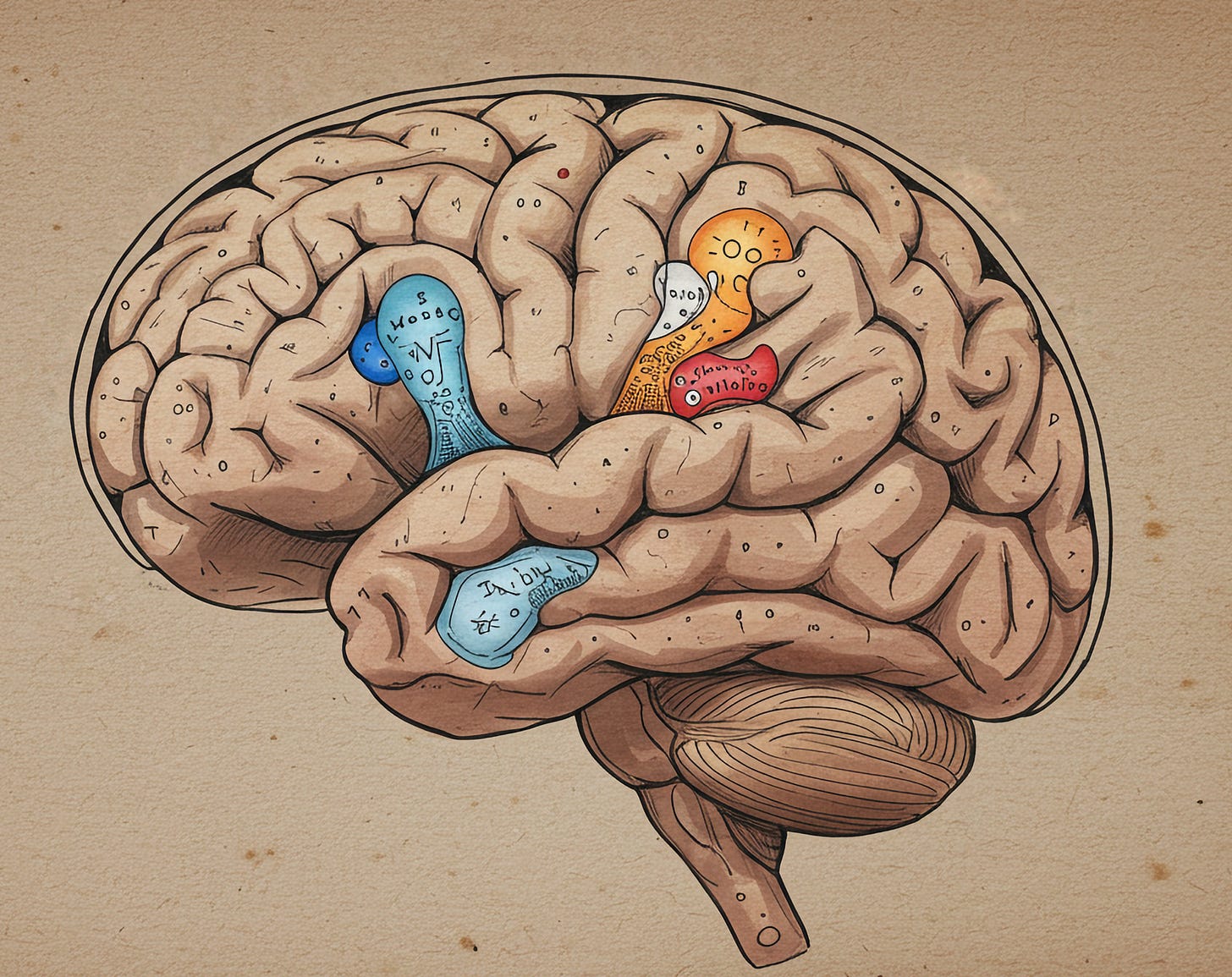
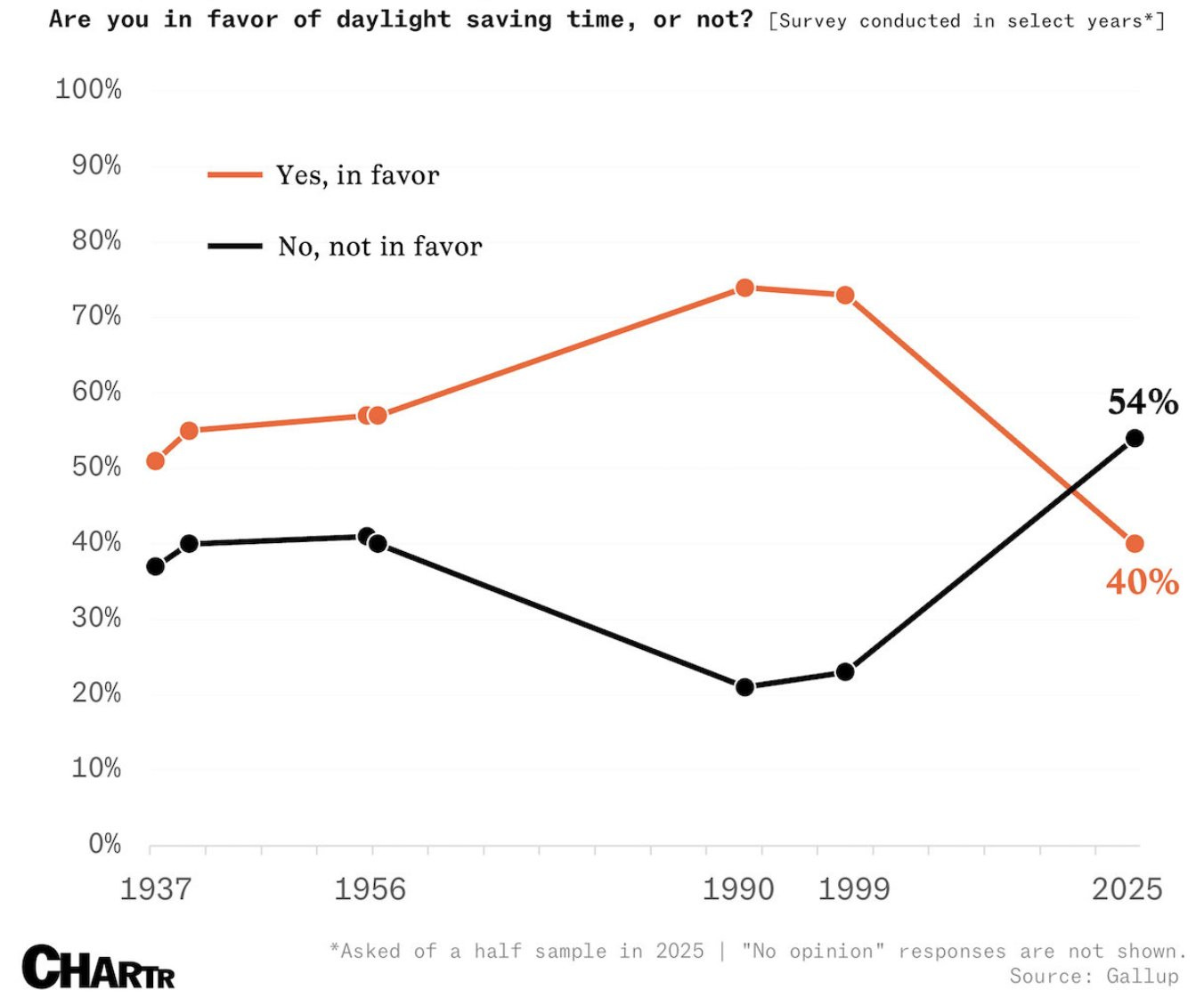

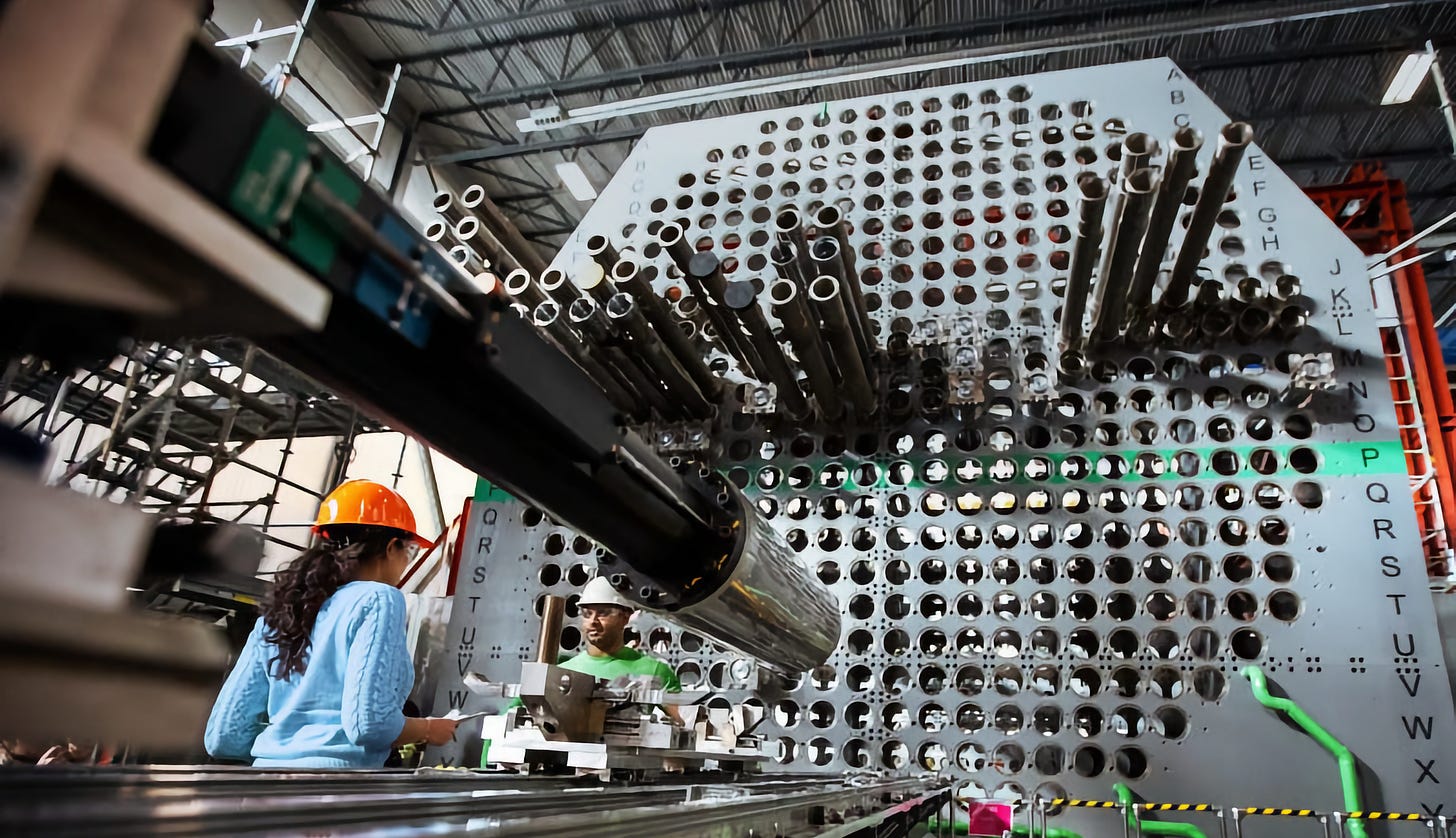
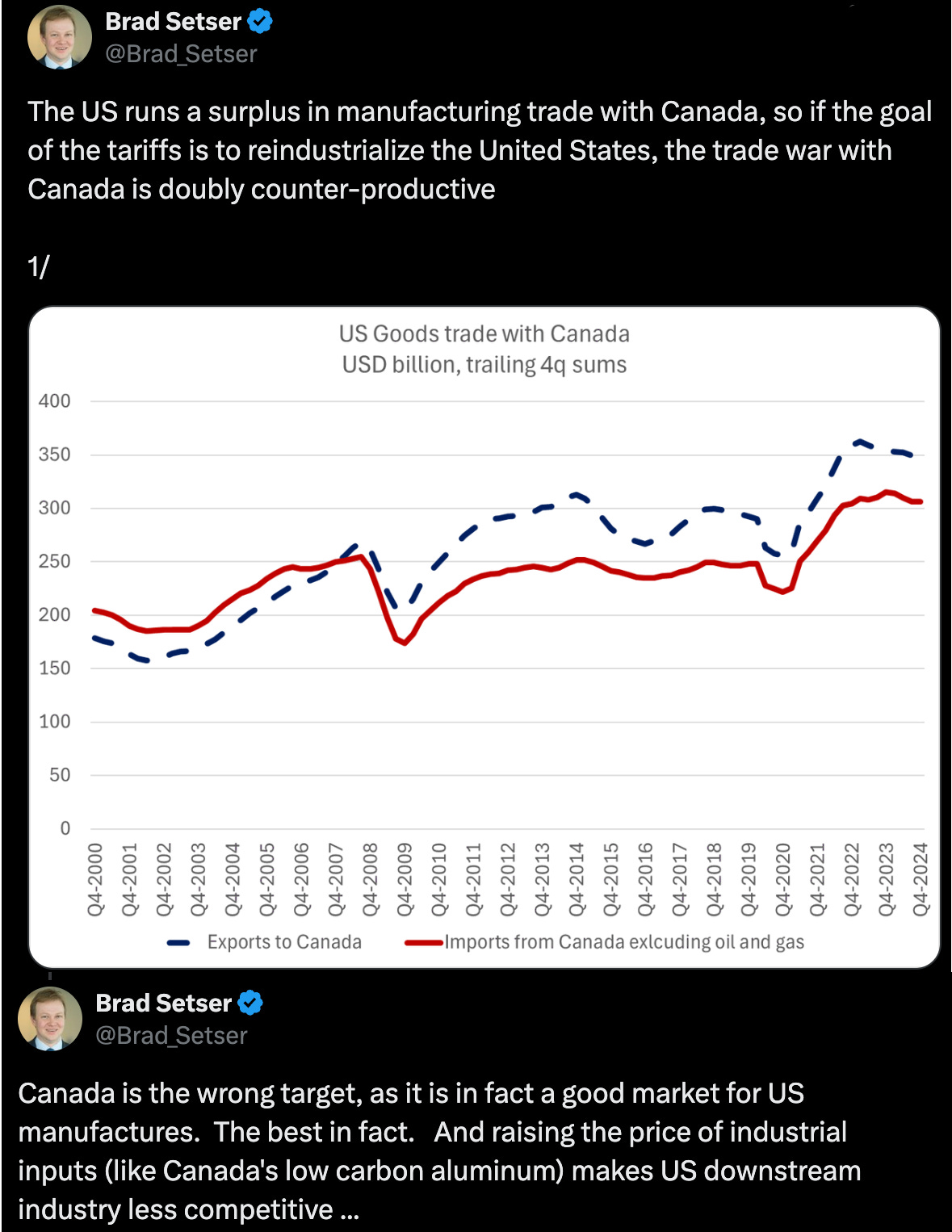
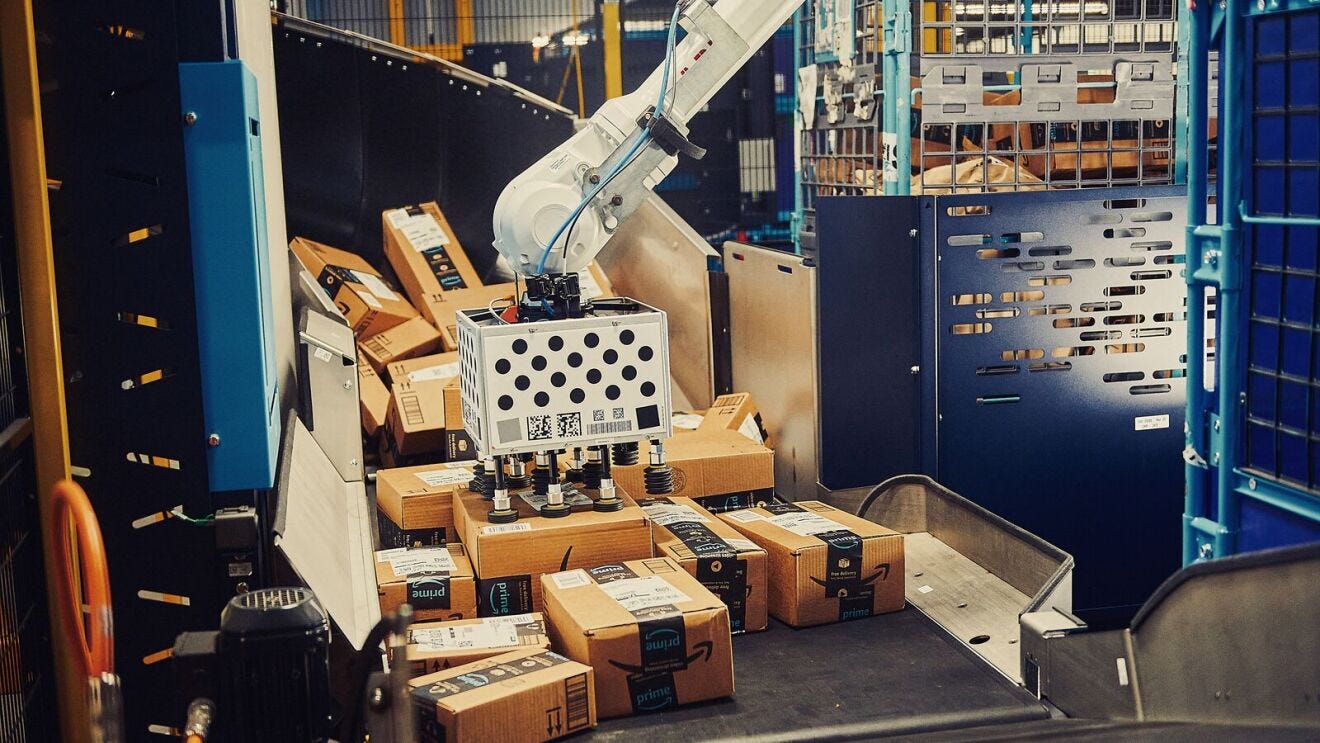
IMHO, the fastest way to get Trump to lose interest in annexing your country would be for Canada's leadership to speak in French more often.
So sorry our current el presidente is a clueless bully.
Im a raving optimistic. So I’m pretty sure that almost 7% of what he and his team do will be positive, ….. someday…. maybe… or something 🤯